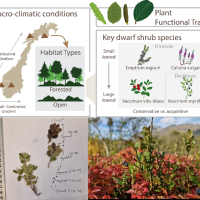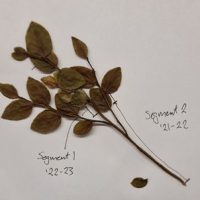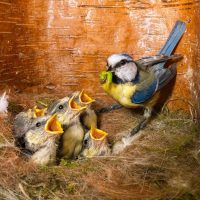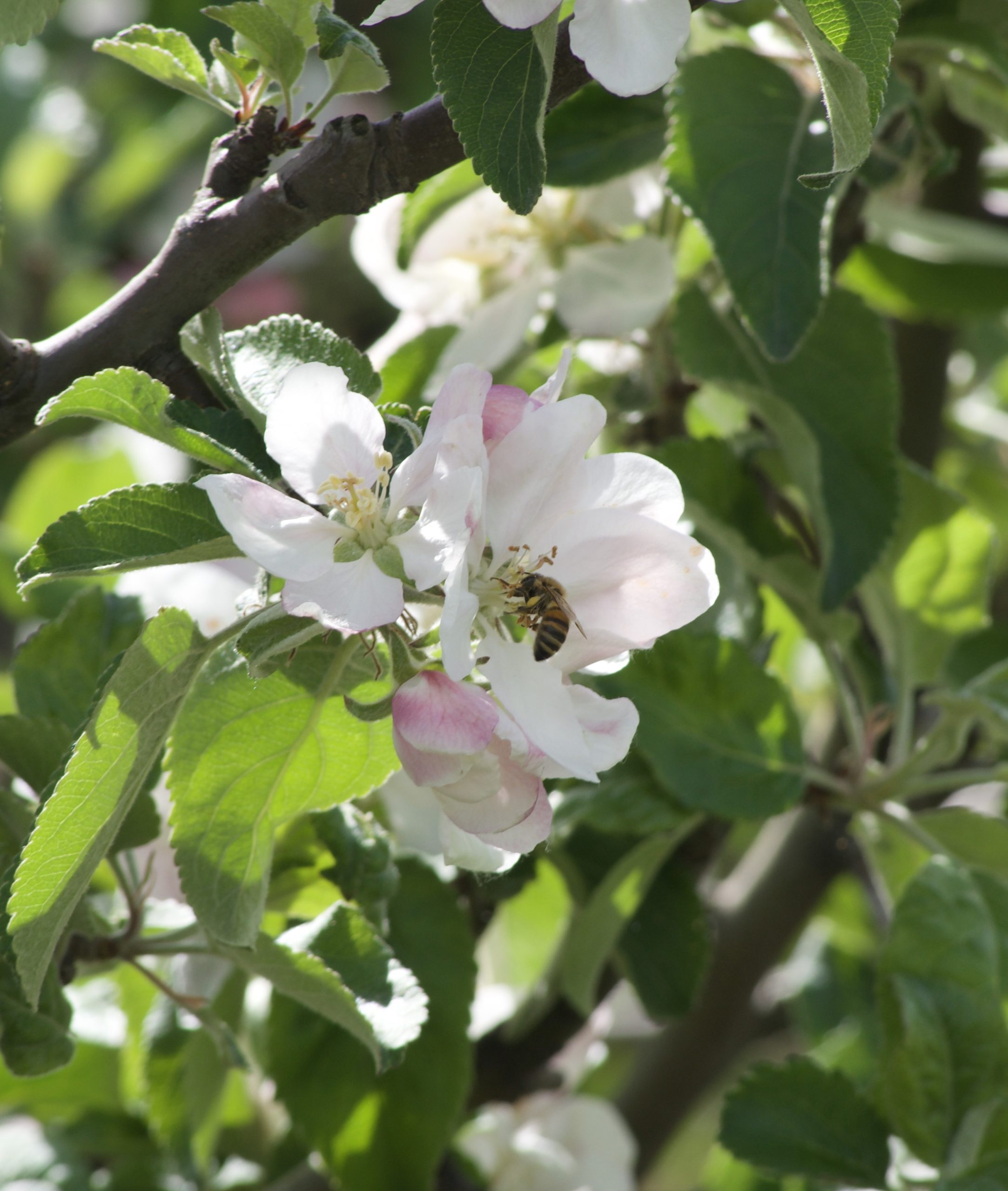
Image and data analysis of cancer in Drosophila melanogaster
In our lab we use Drosophila melanogaster to model several types of cancer with the hopes of finding new molecular pathways that can be targeted in cancer therapy. This generates a huge amount of data, some of which needs impartial analysis, which is where you could help! Read More …













